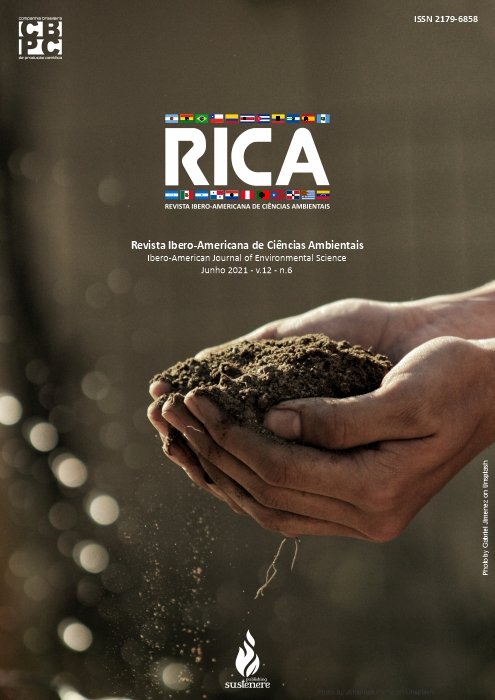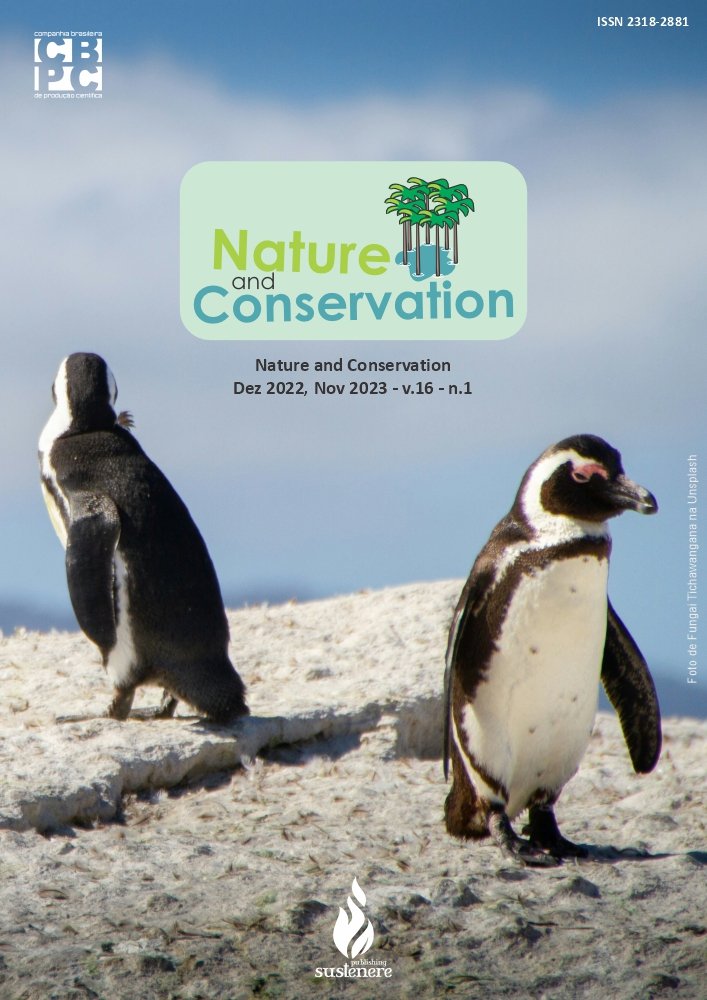Determination of pesticide residues in Bombus spp. (Hymenoptera: Apidae) using the modified Quechers method and LC-MS/MS and GC-MS/MS
DOI:
https://doi.org/10.6008/CBPC2179-6858.2021.006.0044Keywords:
Pollinators, Foraging, Contamination, ChromatographyAbstract
Pollinators are essential for the reproduction of several species of flowering plants, acting on the transfer of pollen grain from one flower to another. However, their foraging activities as they explain in contact with various pollutants, including pesticides. Research on the adverse effects of pesticides on Bombus bees is scarce in Brazil, and because they are pollinating insects, it is important to carry out studies that assess their susceptibility to pesticides used in agriculture. For the evaluation of pesticide residues used in agriculture to control pests in soybean culture in Rio Grande do Sul, the QuEChERS method was used to determine multiresidue of pesticides in the body of bees. The Bombus bees used in the research were collected while foraging in areas of agricultural and urban vegetation in the State. The QuEChERS method for multi-residue extraction, involves initial extraction in acetonitrile, partitioning step after the addition of salt and a cleaning step using dispersive solid phase extraction. Do not prepare Bombus spp. the QuEChERS method was developed to isolate the analytes from the matrices to be studied. In the identification and quantification of the analytes, a liquid and gas chromatograph coupled to a mass detector (LC-MS/ S and GC-MS/MS) was used to detect 119 compounds of different classes, such as insecticides and fungicides. Of the 119 promised pesticides, only azoxystrobin, acetamiprid and metomil, were detectable in the analyzed, but azoxystrobin was detected in the concentration below the method quantification limit (LOQ) for B. morio collected in the municipality of Júlio de Castilho, while acetamipride and metomil, obtained residues of pesticides detected above the limit of quantification of the method also in samples of B. morio, collected in the municipalities of Santiago and Capão do Cipó. In the other compounds (116), the concentration of pesticides obtained was below the limit of detection of the method (LOD).
Downloads
Downloads
Published
Issue
Section
License
Copyright (c) 2021 Ibero-American Journal of Environmental Sciences

This work is licensed under a Creative Commons Attribution-NonCommercial-NoDerivatives 4.0 International License.
The CBPC - Companhia Brasileira de Produção Científica (Brazil CNPJ: 11.221.422/0001-03) the material rights of the published works. The rights relate to the publication of the work anywhere in the world, including rights to renewals, expansions and dissemination of the contribution, as well as other subsidiary rights. All electronically published works may subsequently be published in printed collections under the coordination of this company and / or its partners. The authors preserve the copyright, but are not allowed to publish the contribution in another medium, printed or digital, in Portuguese or in translation.









